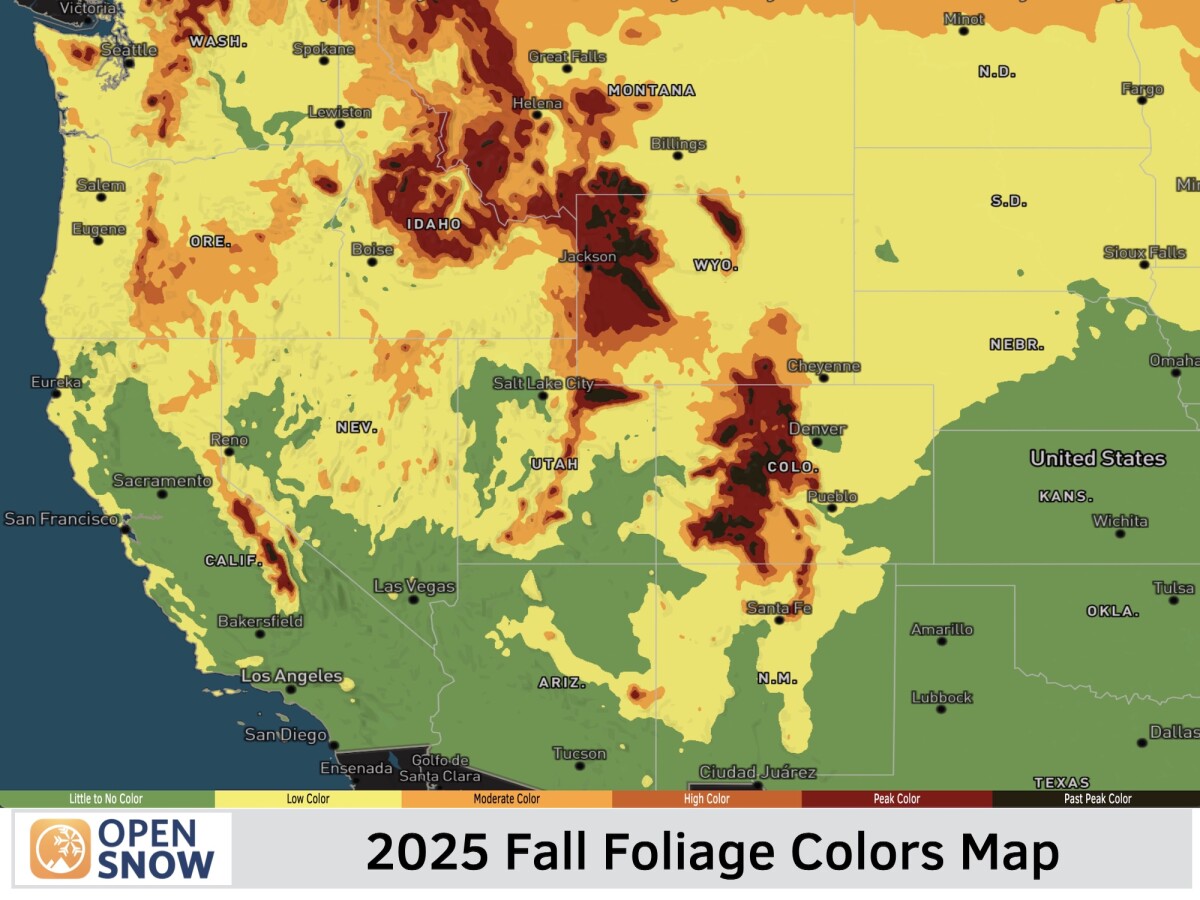News

By Luke Stone, Forecaster Updated 8 months ago November 20, 2024
Bomb Cyclones: Nature's Dramatic Display of Atmospheric Power
Few meteorological phrases have captured the imagination quite like “bomb cyclone” over the last several years, and rightfully so, as they are one of nature’s most dramatic atmospheric events.
Bombogenesis is characterized by a rapid drop in atmospheric pressure over 24 hours for a low-pressure system. The drop in the number of millibars (the measurement unit of pressure used in meteorology), varies by latitude. This swift intensification results in a powerful storm with a wide range of impacts, including blizzards, ice storms, flooding, and damaging winds.
Understanding Bombogenesis
Bomb cyclones are born through, and are named as a result of, a process called “bombogenesis”. We first need to understand how areas of high and low-pressure form in our atmosphere. Due to the uneven heating of the Earth’s surface, the rotation of the Earth, the uneven distribution of land and sea, and topography, air masses with varying temperatures and humidity interact leading to the formation of areas of high and low pressure.

Image: The difference in solar intensity based on latitude.
Most storms during the winter result from low-pressure systems. These areas of low pressure are conducive to producing storms due to rising air, instability in the atmosphere, abundant moisture, frontal boundaries, and pressure gradients.
In general, the lower the atmospheric pressure, the stronger the storm. Several factors contribute to this dynamic. First, the lower pressure leads to a stronger pressure gradient (how quickly the air moves from one place to another in the atmosphere due to the change in pressure over some distance) between the center of the storm and the surrounding region. The larger the gradient in pressure, the stronger the winds.

Image: A greater pressure gradient between the center of the storm and the surrounding areas leads to stronger winds.
Lower pressure at the center of a storm system leads to greater convergence of air at the surface, which leads to increased vertical lift and instability.

Image (right): At the surface, air flows from regions with higher pressure to the lower pressure at the center of the storm.

Image (left): The convergence of air toward the lower pressure causes air to rise producing clouds and precipitation.

Image (right): Simplified figure showing air converging toward low pressure at the surface and then, with nowhere else to go, being forced to rise.
Further, this enhanced lifting promotes greater development of clouds and precipitation.
Development
Bomb cyclones often develop over ocean waters in the midlatitudes (between the tropic and polar regions). The North Atlantic and North Pacific are prime breeding grounds for these storms, where temperature gradients are sharp, and the availability of moisture is high. The presence of warm ocean waters acts as fuel, providing the necessary heat and moisture for the system's development. When combined with a sharp temperature gradient between cold and warm air masses, the stage is set for bombogenesis.
Impacts
Bomb cyclones often have profound and significant impacts in the mid-latitudes. High winds, heavy rainfall, storm surges, huge waves, flooding, and heavy snow are common with these storms. Intense snowstorms, blizzards, and ice storms are typical with bomb cyclones that occur in the late fall and winter.
Bomb cyclones are often associated with atmospheric rivers. These explosive storms can enhance the flow of moisture associated with an atmospheric river. Atmospheric rivers can provide the necessary moisture and energy to fuel the development and intensification of a bomb cyclone. Further, since both bomb cyclones and atmospheric rivers often form over oceans in the midlatitudes, they therefore frequently occur together. When these two atmospheric phenomena are linked, extreme precipitation and wind events are possible.
Some recent bomb cyclones are discussed below.
Northeastern US (January 2022)
The northeast US saw heavy snow, strong winds, and coastal flooding in January of 2022 due to a bomb cyclone. Blizzard conditions and widespread power outages impacted many states, including New York and Massachusetts.
Western US (October 2021)
A bomb cyclone, combined with an atmospheric river, brought heavy rain and snow to the western US, particularly to California and Oregon. The storm also caused flooding, landslides, and power outages in the region.
North Atlantic (October 2021)
A powerful bomb cyclone, with a central pressure dropping to 940 millibars, developed in the North Atlantic, bringing strong winds and high waves to the British Isles. Even without making landfall, this storm brought significant impacts to the region.
Northeastern US (December 2020)
Heavy snowfall and strong winds from a bomb cyclone impacted the northeast in December of 2020. This storm resulted in power outages and hazardous travel conditions.
Western US (March 2019)
A bomb cyclone developed over southern Colorado in March of 2019, creating widespread blizzard conditions across the state. One to three feet of snow and wind gusts up to 100 mph slammed the region. The storm caused hundreds of flight cancellations, widespread road closures, countless car accidents, and nearly half a million power outages.
Bomb cyclones are fascinating and impressive atmospheric phenomena. They produce some of the most beautiful satellite images in the midlatitudes, and a few of them are shown below.

Image: Bomb cyclone off the coast of the western US in January 2023.

Image: Bomb cyclone in the northeastern US in January 2018.
With their range of damaging impacts, the aftermath of these storms can be challenging. The upcoming bomb cyclone will feature strong winds, heavy rain, and high-elevation snow, so please prepare properly and heed all local warnings.
Luke Stone
About The Author




